Domestic Cats With Manes are something unusual for many as They have seen With the lion’s mane-like ruffs around their necks, these gorgeous cats may appear fearsome. However, the mane is a natural adaptation to cold weather, and it makes the cat warm and comfortable in the same way that a scarf makes you comfortable and warm!
While the mane is natural in some cats, it is a consequence of selective breeding in others. In any case, these attractive cat breeds’ luxuriant locks will make you fall in love with them.
This article will explore the top 8 domestic cats with manes like lions!
Contents
Top 7 Domestic Cats With Manes
1. The Somali Cat
Somali cats are bright, sociable, and persistently energetic felines that like learning new tricks, interacting with humans and other animals, and exploring every inch of their surroundings.
The Somali cat, which is delightfully curious and active, will be a lifetime friend and companion who will do all in its power to guarantee you wouldn’t have a dull moment.
The Somali is distinguished by four distinct colors: red, reddish, fawn, and blue. Some breeders deal in Somalis with tortoiseshell ticked or tabby ticked coats internationally, although these colors are uncommon and not widely recognized by most breeders or breed groups.
In other ways, the Somali’s coat is similar to that of an Abyssinian cat, but it has long hair instead of short.
Individual hairs contain between six to 24 bands of alternating color from root to tip, and they both have the same ticking.
Most Somalis are reddish or orange/red in color, which, along with their bushy tails, has earned them the moniker “fox cats.”
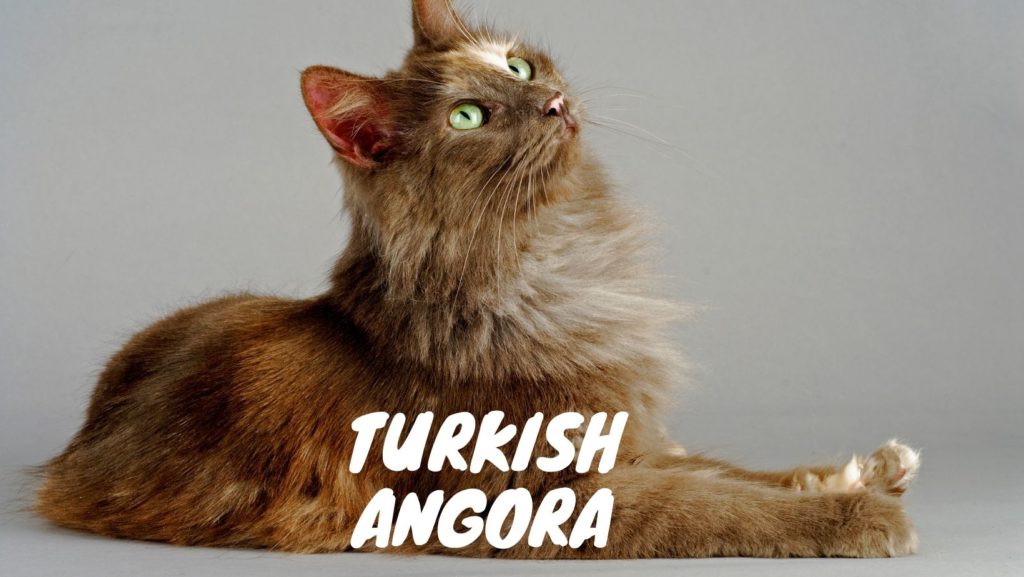
2. The Turkish Angora Cat
The Turkish Angora, which is popular in Turkey, is likely the only domestic cat reared and grown in a zoo.
For a long time, these beautiful, clever, and royal cats were all supposed to be deaf (more on that later) and were utilized so extensively in crossbreeding to create the Persian breed that they were nearly extinct.
While the Turkish Angora is still an uncommon breed today, it has a loyal following among those who seek a soft, visually appealing long-haired cat.
The Turkish Angora is a little cat with a delicate look. Angoras from the Angora Zoo in Ankara, Turkey, have a somewhat larger physique, although all Angoras are dignified, royal, and graceful.
The Angora coat is long, plush, and available in a broad range of colors and patterns. Turkish Angoras come in a variety of colors, including black, reds, browns, and greys, as well as tabby, tortoiseshell, and bi-color variations.
White is traditionally the most popular and the only color produced at the Ankara Zoo-but black, reds, browns, and greys, as well as tabby, tortoiseshell, and bi-color variations, are also available.
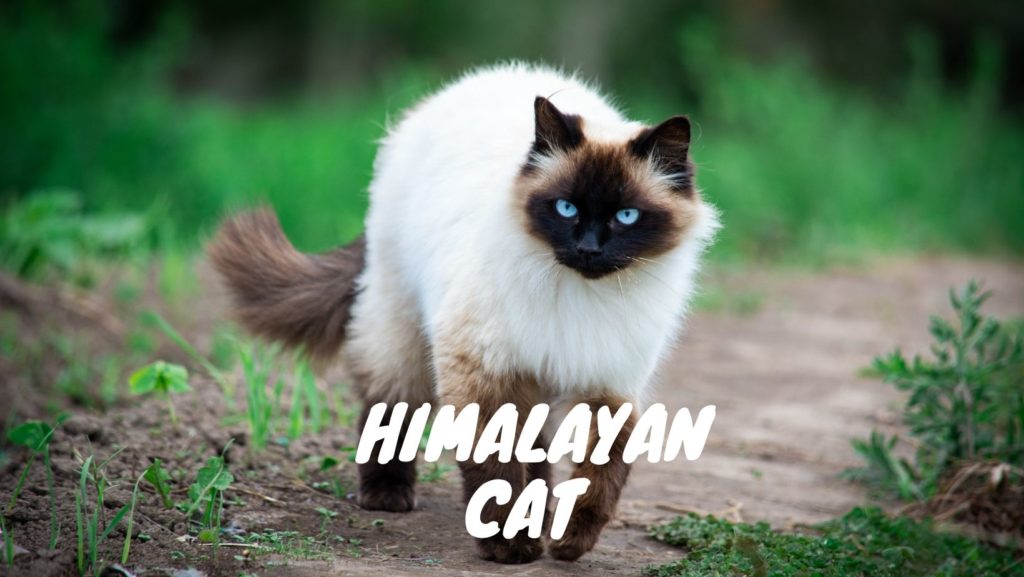
3. The Himalayan Cat
Although she is huge and powerfully boned, the Himalayan is generally a medium-sized cat. She might look rather big due to her abundance of fur.
The Himalayan is a breed with a unique appearance. With big legs and a short, thick neck, the body is small yet substantial. Although the boning is thick, the tail is short and the ears are tiny.
The Himalayan has a big skull and wide, round eyes. In profile, the face appears flat, with the nose shifting direction such that the pigmented skin on the nose is visible (nose leather).
A Himalayan’s coat is thick, full, and long. It’s fine, but it has to be shiny and glossy.
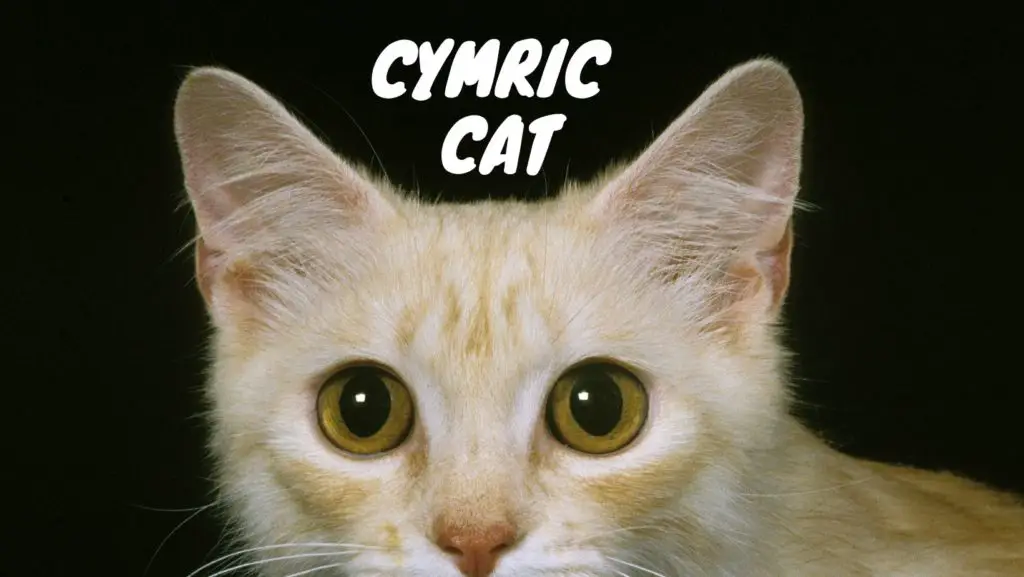
4. The Cymric Cat
The Cymric pronounced Kim-rick is a tailless Manx cat with a lengthy coat. The only difference between the two breeds is the length of their coats. The Cymric’s lack of a tail is due to a spontaneous genetic mutation, which is frequent in felines.
The Cymric, who gets his name from the Gaelic word for Wales, is known for his rounded look in addition to his absence of a tail: He has a rounded head, eyes, and even a rounded back.
Do not even think the Cymric is entirely tailless; some are grumpy, but others have up to three vertebrae fused at the end of the spine (rumpy risers); some have a stump of up to five vertebrae that they can whisk around; and some, known as longys, have a tail that’s longer than the stump but shorter than the typical cat tail.
The Cymric has a smooth, medium-length double coat that comes in a variety of colors and patterns and weighs seven to thirteen pounds.
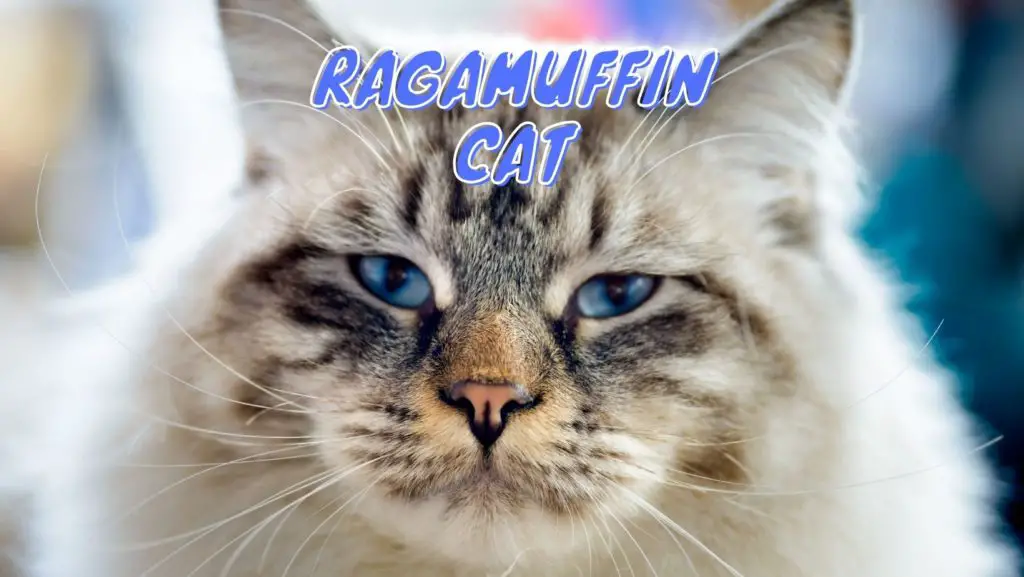
5. The Ragamuffin Cat
The RagaMuffin leaves an overall feeling of sweetness and strong vitality. They’re big cats with a lot of bone structure and a full body. The big, expressive eyes contribute significantly to the overall pleasant appearance.
The cat’s only extremes are its size, expressive eyes, and gentle demeanor. RagaMuffins reach full maturity at around the age of four.
The RagaMuffin leaves an overall feeling of sweetness and strong vitality. They’re big cats with a lot of bone structure and a full body. The big, expressive eyes contribute significantly to the overall pleasant appearance.
The cat’s only extremes are its size, expressive eyes, and gentle demeanor. RagaMuffins reach full maturity at around the age of four.

6. The Maine Cat
The Maine is a tough, robust dog that can withstand the elements. The silky, shaggy coat is a distinguishing feature of this cat.
This breed is well-balanced, well-proportioned, and has adapted to a variety of settings. Maine’s are jumbo-sized bundles of loving devotion, gentle giants that are living well into old life, and kittens in large cat costumes.
Maine’s are also wary of strangers, which is likely owing to their colossal brains. Even the most careful, however, adapt with time. Maine’s are assessing whether or not these new people have proved themselves worthy of trust during this early transition period.
They develop tight ties with the entire home and become affectionate and dedicated as soon as they make up their minds.
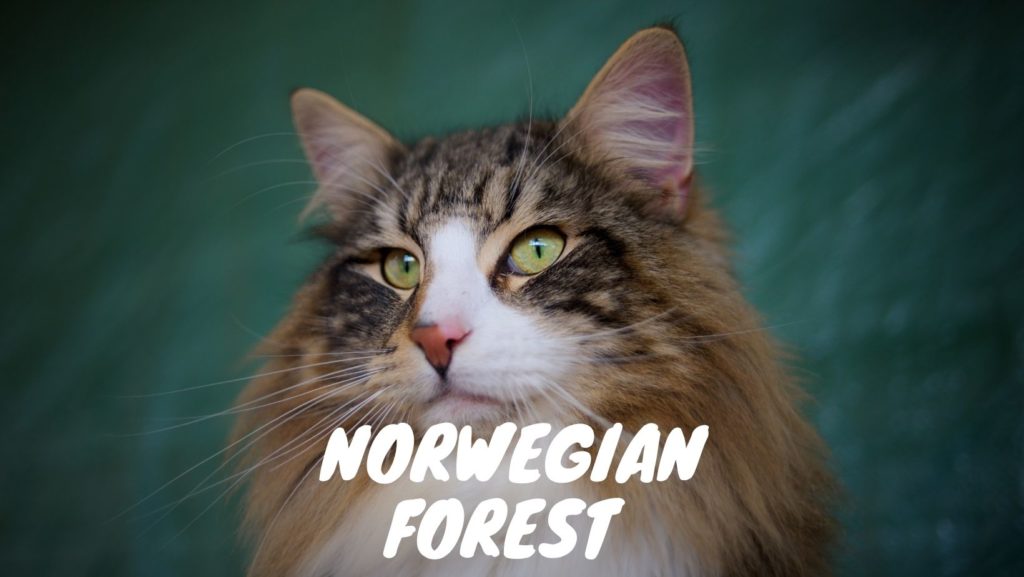
7. The Norwegian Forest Cat
Norwegian Forest Cats, also known as skogkatt in Norway, are larger felines with regal characteristics and semi-long-haired coats.
Many people mistakenly believe that the Norwegian Forest Cat likes to live outside full time because of its bigger size and rough appearance, yet this lively and sociable cat loves to stay indoors with its human friends. Norwegian Forest Cats are lovingly referred to as “wedgies” by their fans.
- 12 Best Cat Breeds For Busy Families In 2022
- 12 Best Cat Breeds for Kids (2022 Buyer’s Guide)
- 10 Cat Breeds with Dog Personalities
Final Thoughts
We hope you enjoyed reading about the top domestic cats with manes and find the perfect one to add as an addition to your family! There isn’t much cuter than a kitten with hair like a lion’s mane!
